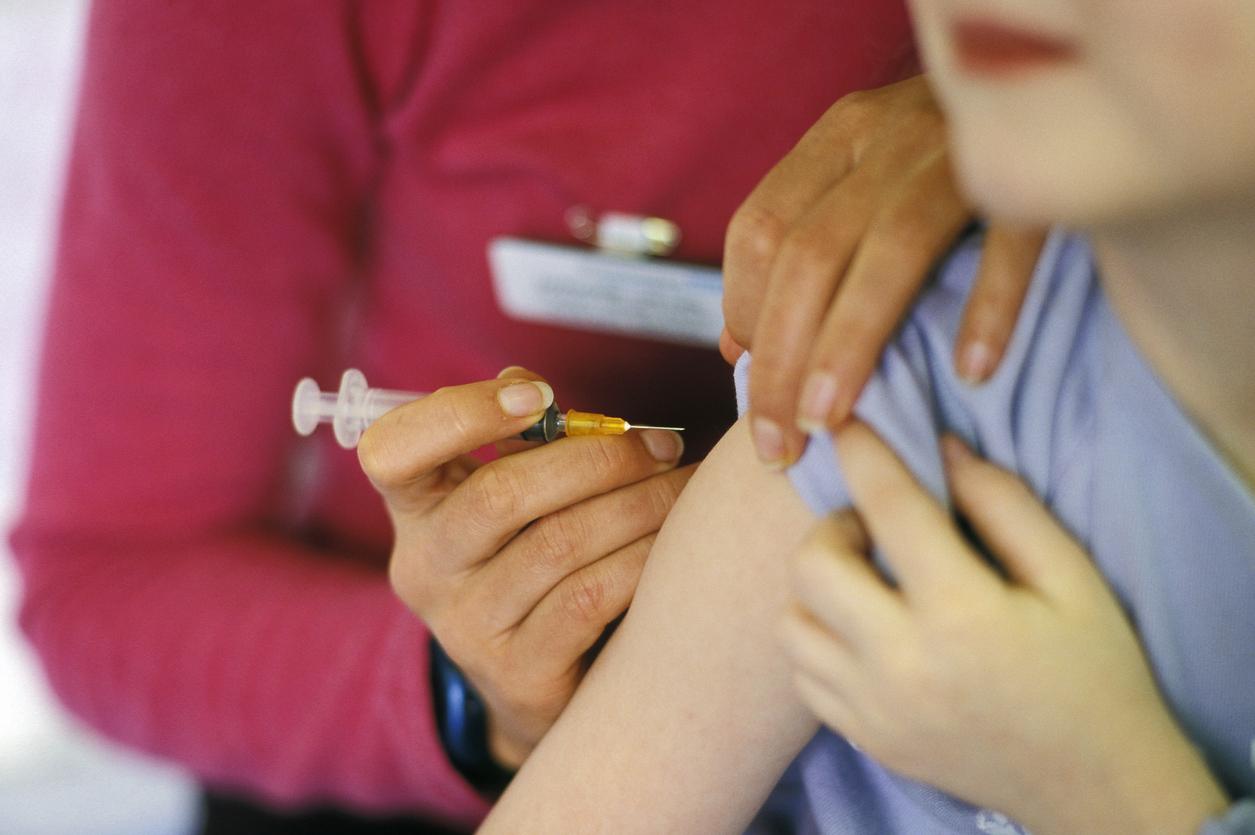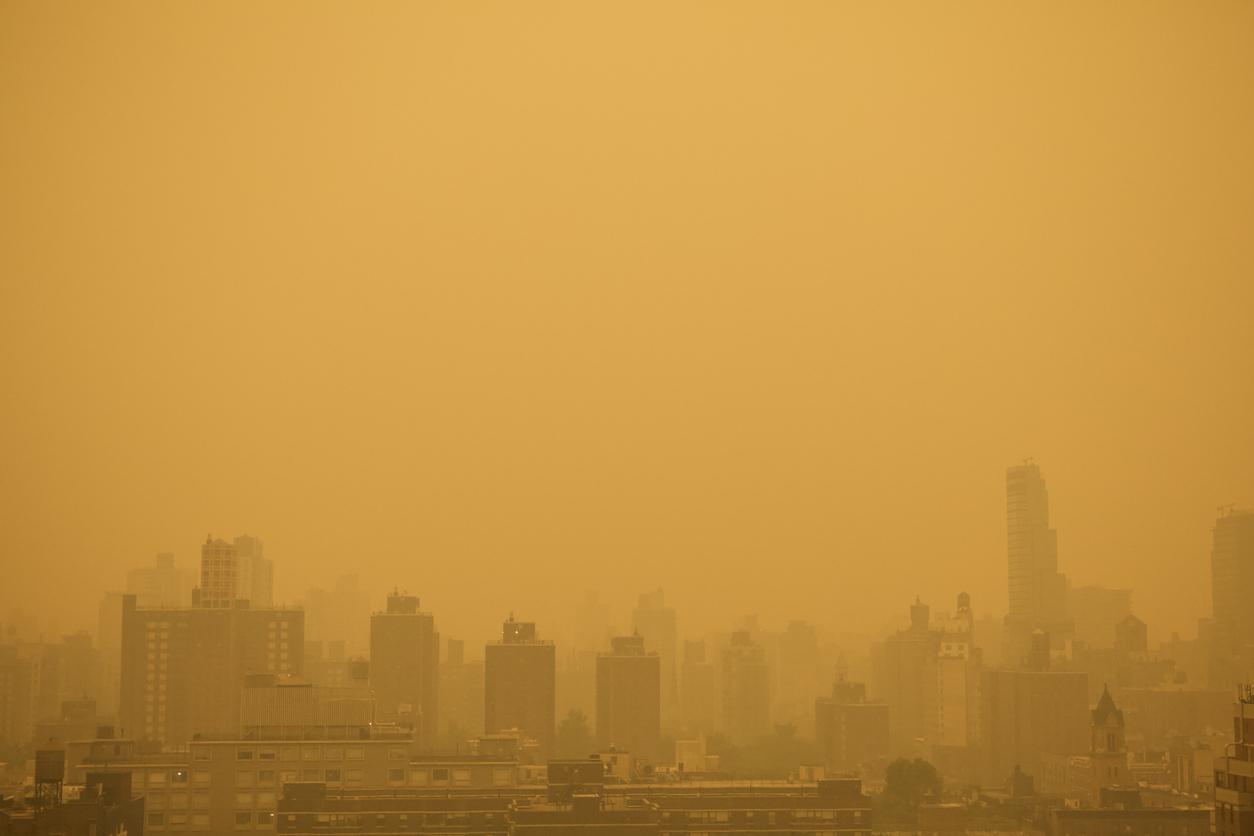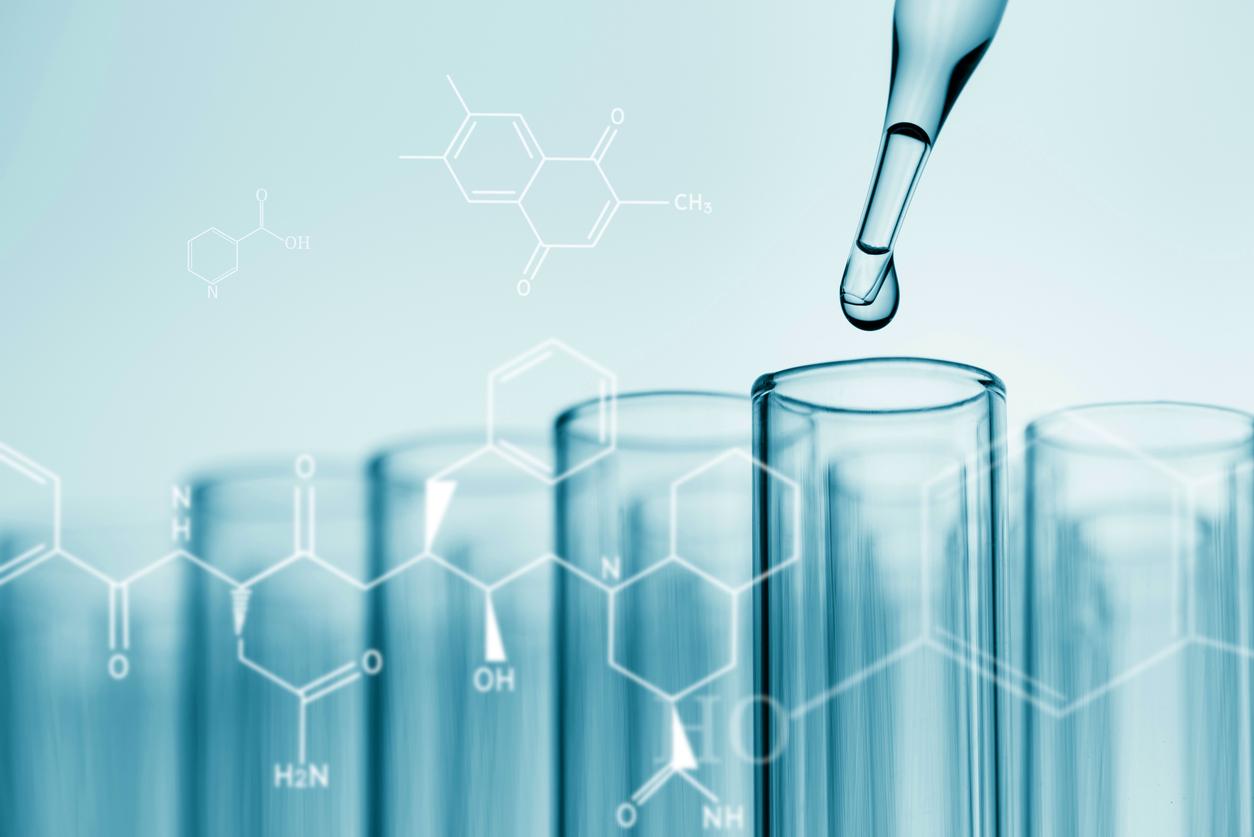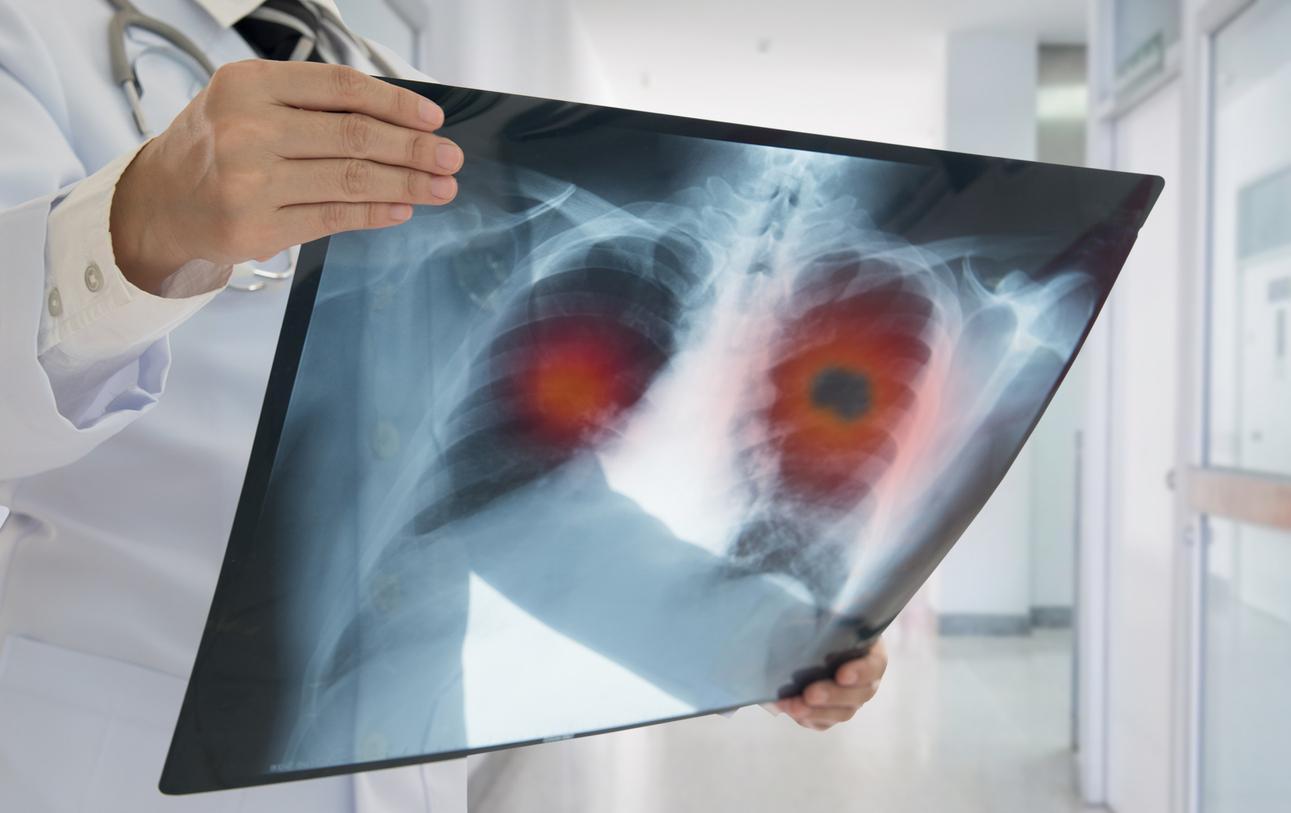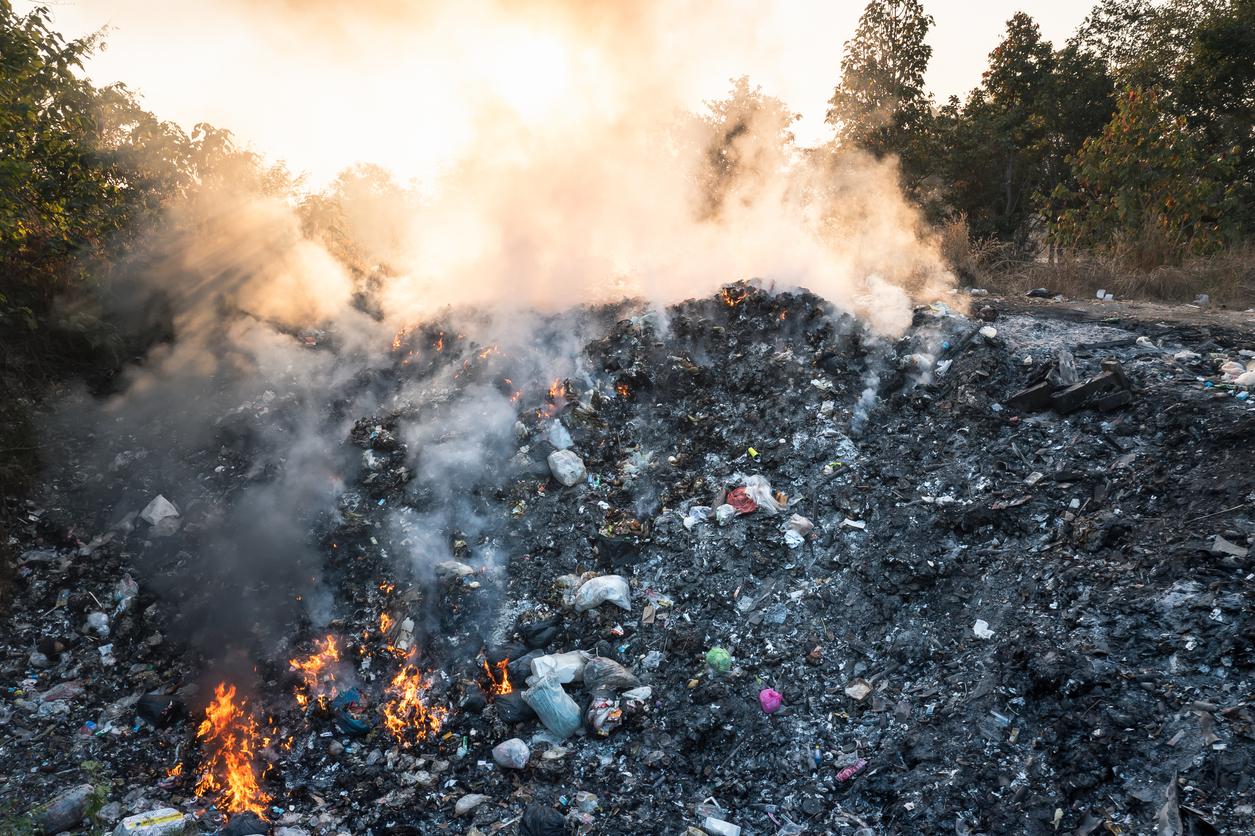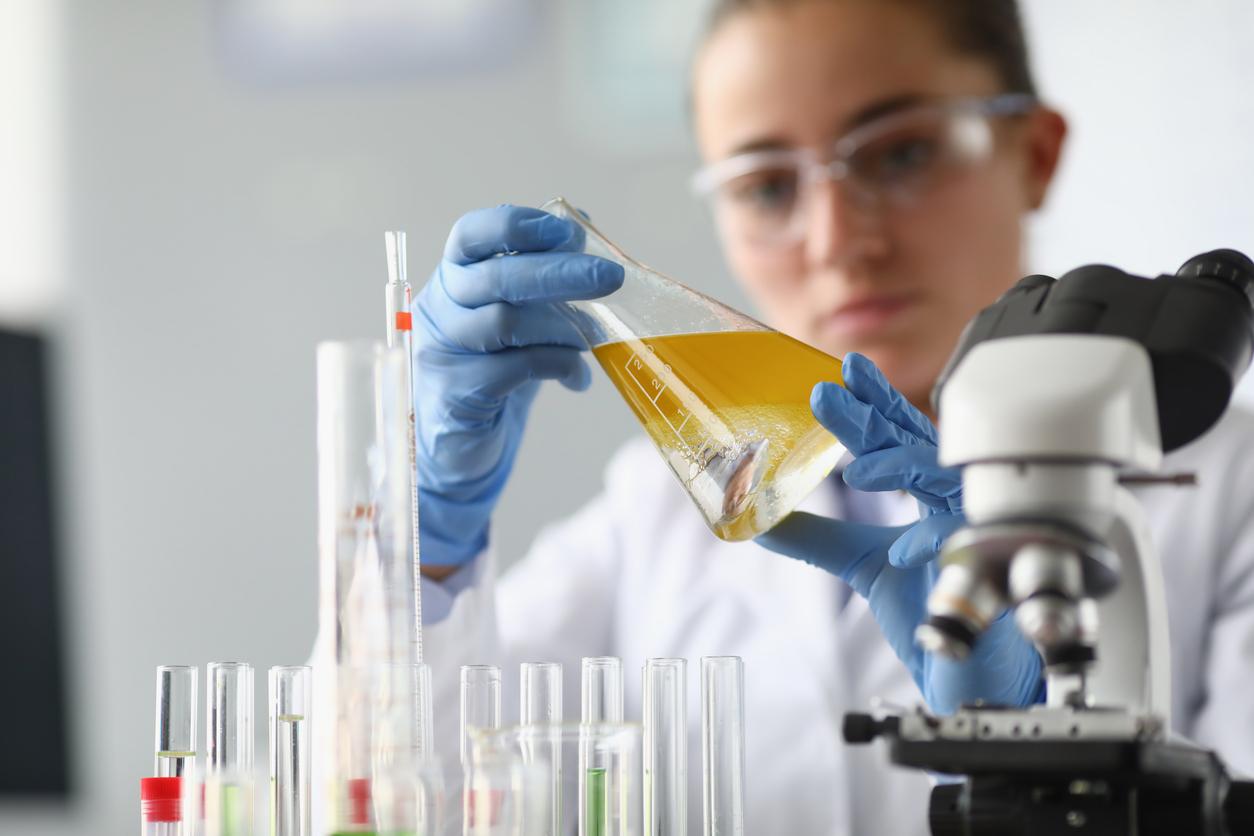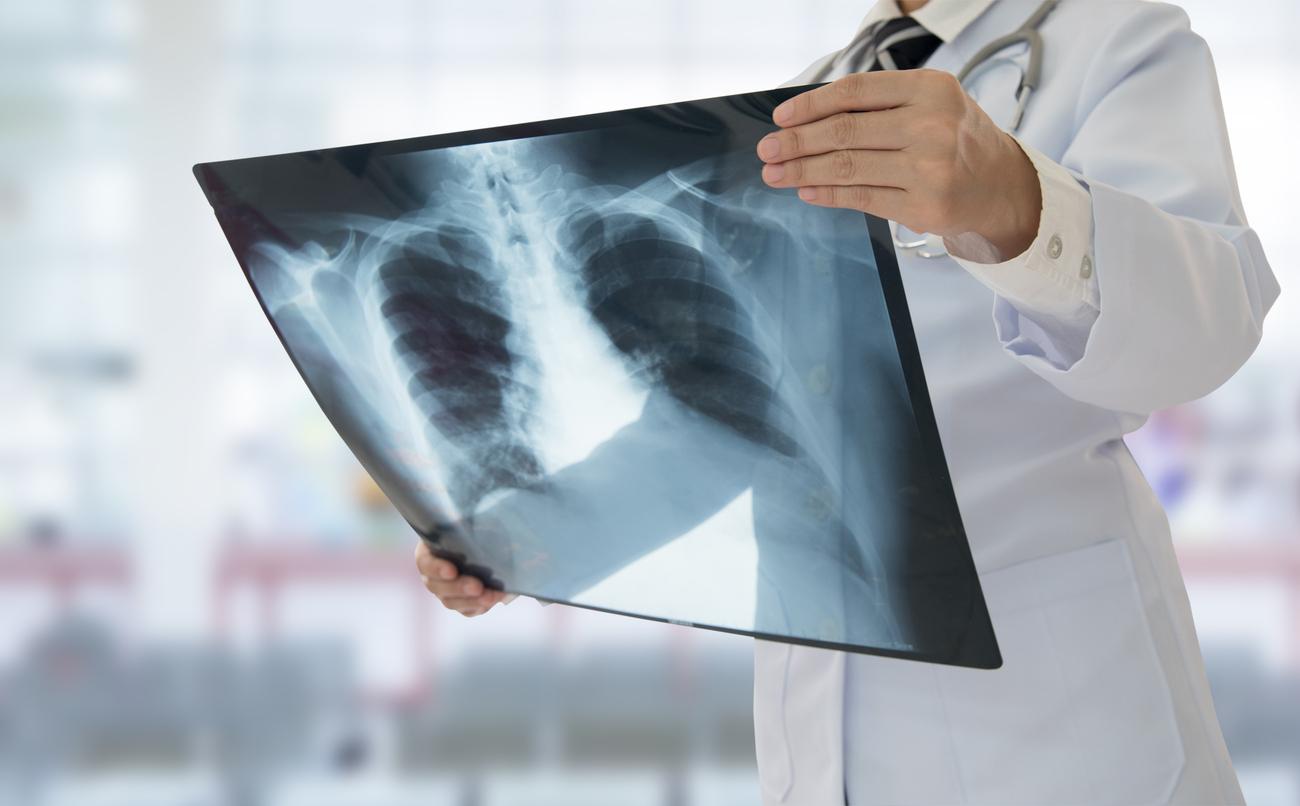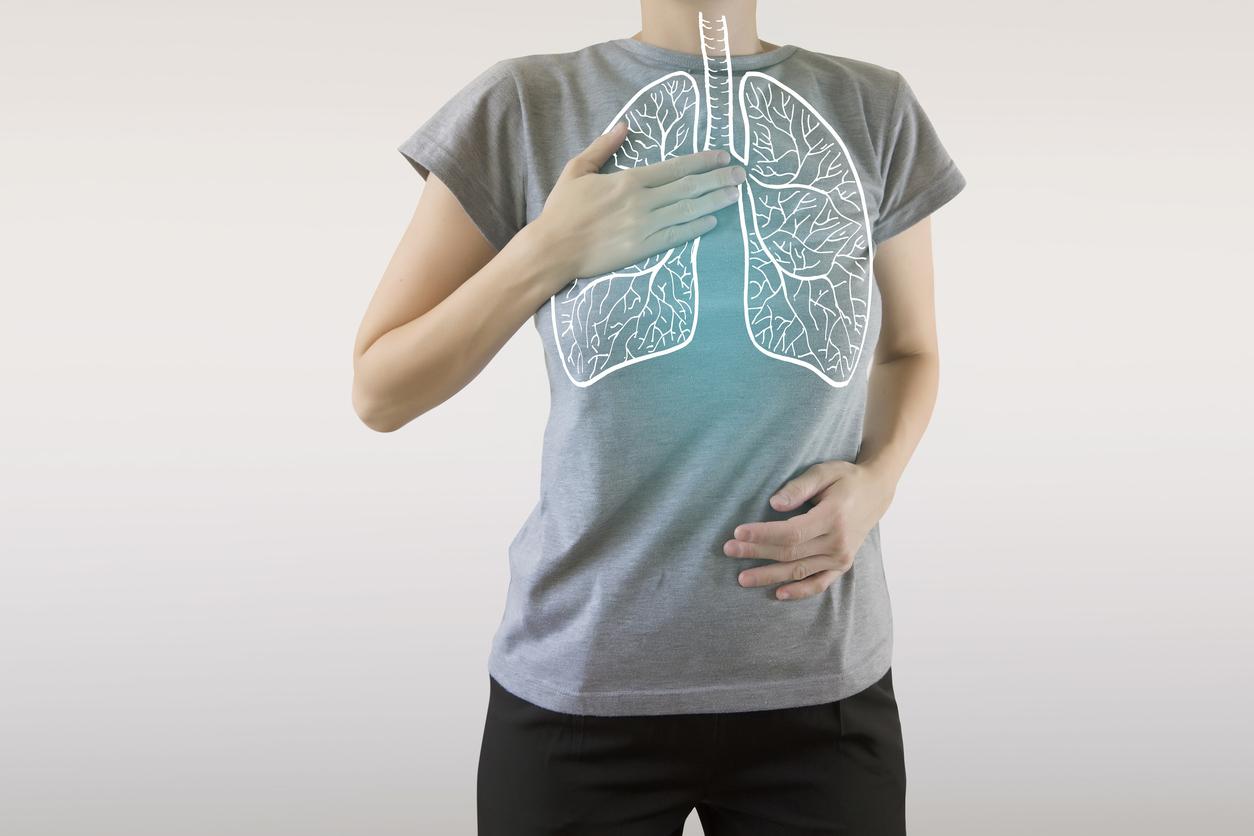Inhalation of fine particles causes structural changes in lung tissue, which can promote tumor cell growth.

- According to the World Health Organization, seven million deaths a year are linked to air pollution.
- Inhalable fine particles are classified as type 1 carcinogens.
- For the authors, peroxidasine could become a target in the prevention of diseases linked to air pollution.
More than 45,000 new cases of lung cancer were diagnosed in France in 2018. Several factors may explain their occurrence: smoking, exposure to carcinogens at work, and pollution. In 2013, the World Health Organization, through the International Agency for Research on Cancer, classified air pollution and fine particles as carcinogenic to humans. But the causes of this link between cancer and air pollution remain uncertain. In the magazine eLifea team of researchers from the University of Nanjing (China) provides explanations.
The indirect impact of pollution on cancer cells
They conducted work on fine particles and their effects on human cells. “Recent research suggests that inhalable fine particles do not directly promote – and may even inhibit – the growth of lung cancer cellsspecifies the main author, Zhenzhen Wang, associate researcher at the University of Nanjing (NJU). This suggests that inhalable fine particles could cause cancer through indirect means that promote tumor growth..” With his team, he worked on a hypothesis previously raised by other researchers: fine particles could block the movement and action of immune cells. To test this theory, they collected samples of fine particles in seven Chinese sites, then they tested them on immune cells whose role is to fight tumor growth, cytotoxic T cells (CTLs), in an experiment on mice. which were not exposed to the fine particles, the CTLs migrated into the lungs to destroy the tumor cells.In contrast, in mice whose lungs were exposed to the particles, the infiltration of the CTLs was delayed, allowing the tumor cells to establish themselves in the lung tissue.
Cells slowed down by a change in the structure of lung tissue
Secondly, the scientific team wanted to understand why the CTLs did not go so quickly into the lungs, in the event of exposure to pollution. By studying these immune cells, they found that the CTLs exposed to the fine particles still retained their migratory capacity, but that the exposure to the pollution considerably compressed the structure of the lung tissue and the spaces between which the immune cells moved. Further analysis of the tissue showed that the structural changes were caused by increases in a subtype of collagen called collagen IV. By continuing their work, they found that exposure to fine particles causes changes in the action of an enzyme, peroxidasine, responsible for this increase in collagen production. “This means that wherever fine particles are present in the lungs, increased peroxidasine activity leads to structural changes in lung tissue that can prevent immune cells from entering and block growing tumor cells.”, emphasizes Zhenzhen Wang. According to him, these results could allow the development of new approaches to prevent or treat the initial lung changes that lead to cancer.




